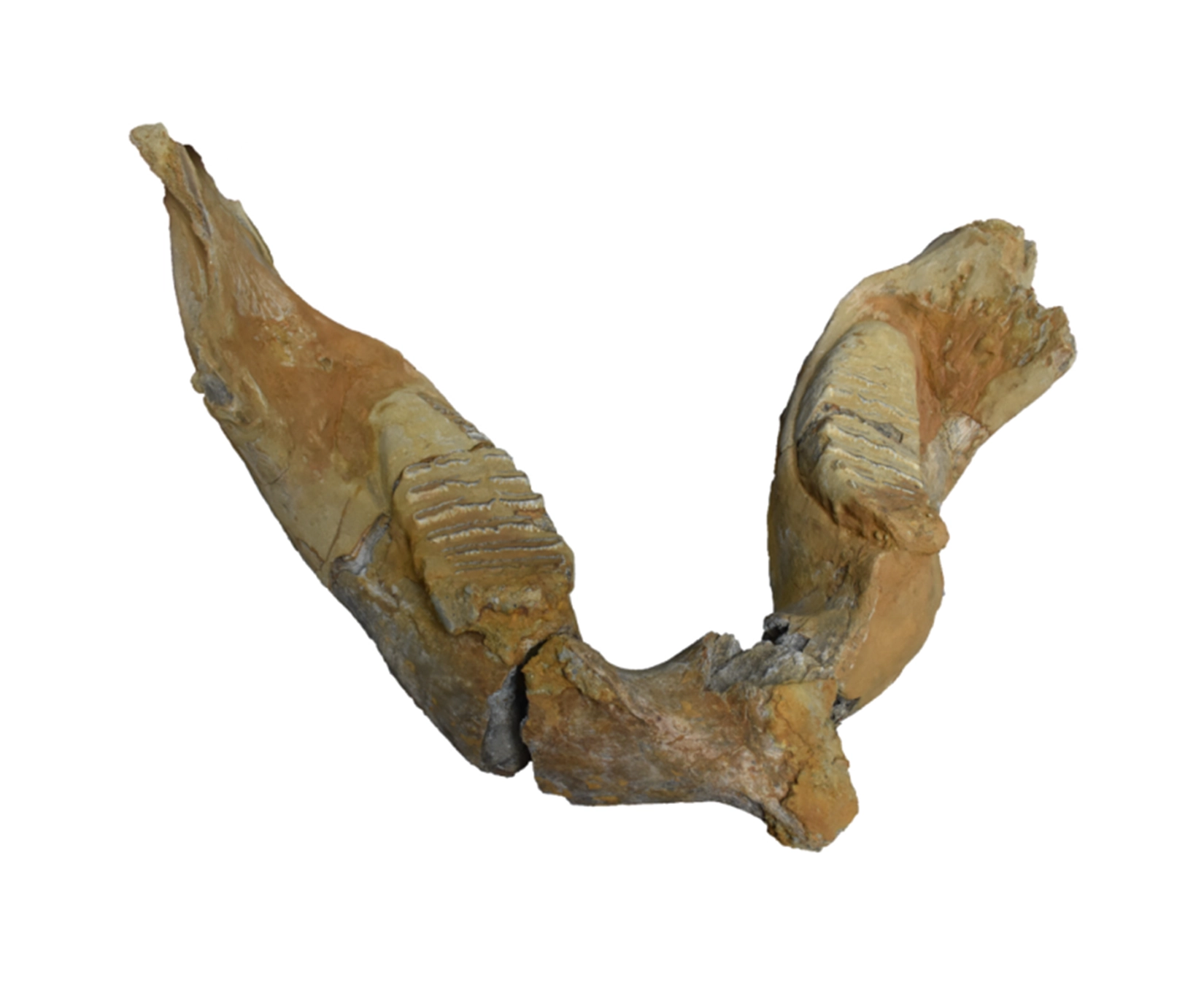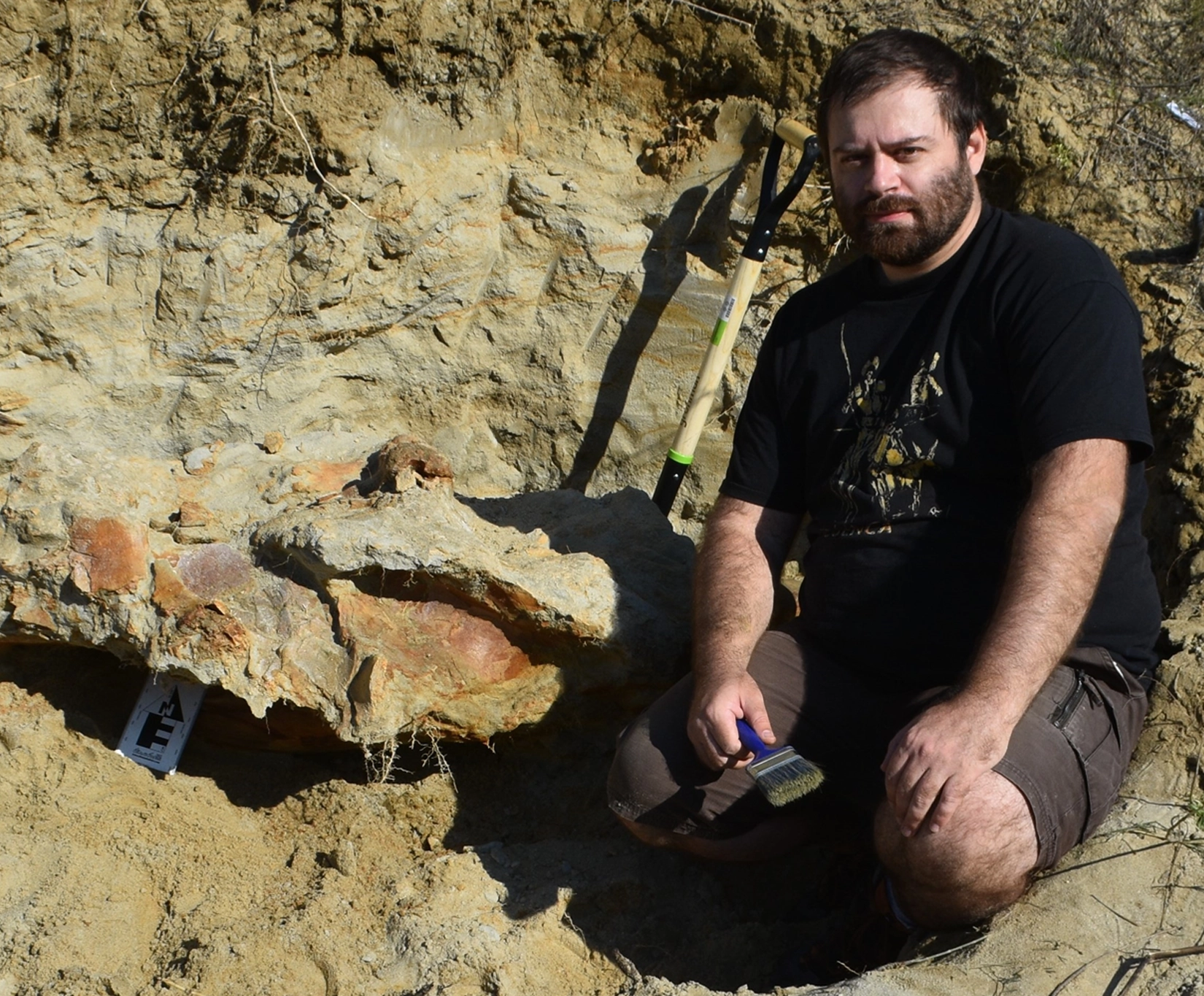Romanian researchers discover a “graveyard of mammoths” in the Buzău Valley

Researchers and teaching staff from the UB Faculty of Geology and Geophysics were co-opted by specialists from the Buzău County Museum to identify mammoth fossils found on the shore of the Buzău River, in the area of Stăncești.
Following osteological analyses, the team of researchers came to the conclusion that the fossils – isolated teeth and shoulder blade fragments – belong to a few mammoth individuals (Mammuthus meridionalis). Other remains coming from the same species, discovered in the same area of the Buzău River and never mentioned in the speciality literature, were identified in the collection of the Buzău County Museum.
Considering the fact that such fossils have repeatedly been discovered in the same area, the proximity of the Buzău County presents a high potential to further provide such fragments, thus enabling researchers to plan detailed field research in this area. Up to the moment of these discoveries, the zone represented a white area on the map of sites containing remains of quaternary vertebrates in Romania.
Mammoths, some of the largest terrestrial mammals that lived on the European territory
One of the largest terrestrial mammals that lived on the territory of Europe, mammoths represent a group of extinct Proboscideans, part of the Elephantidae family. Only three species are still alive today - two African elephants and one Indian elephant. The entire group originates from the territory of Africa, from where, approximately 3.2 million years ago, comes the oldest species also met in Europe: Mammuthus rumanus.
The species is described on the territory of Romania a century ago by palaeontologist Sabba Ștefănescu, based on a molar discovered in Tulucești, Galați County. Through the years, as a consequence of climate change influencing available food, three new species appeared, largely found in Eurasia and North America, succeeded and replacing one another: Mammuthus meridionalis (South mammoth), Mammuthus trogontherii (steppe mammoth), and Mammuthus primigenius (the woolly mammoth).
All the four species of mammoths mentioned above were also present on the territory of Romania, but the most commonly met is the south mammoth.
The “mammoth graveyard”, a notion coming from popular culture

The scientific collection of the Faculty of Geology and Geophysics contains over 200 mammoth fossil pieces, including the molar used to first describe the Mammuthus rumanus species to the world. Most of the pieces are either isolated teeth or fragments of a long bone. Skeletons (more or less complete), or several pieces coming from different individuals, are far less common.
Thus, more significant mammoth remains findings have always triggered a special interest, reaching the point when popular culture created the notion of “mammoth graveyard”. Its current correspondent is the "elephant graveyard" – a place where past mammoths or nowadays elephants are supposed to retreat to die when they feel their end is close.
But the concept has not been yet supported by scientific evidence, neither for elephants nor for mammoths. The accumulation of several skeleton pieces in one place seems to be a natural occurrence, related to the flowing and sediment depositing system of rivers, or anthropic, in the case of mammoth hunting tribes.
Latest news:
Tackling the health challenge through education & research - CIVIS special feature
Master's Programme in Transdisciplinary Studies of Climate, Environment and Energy
